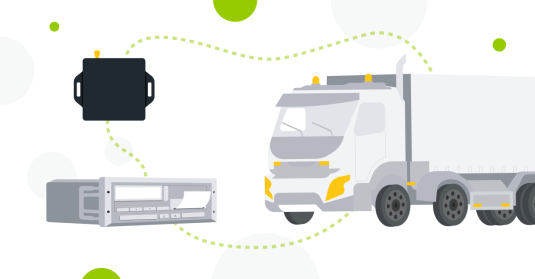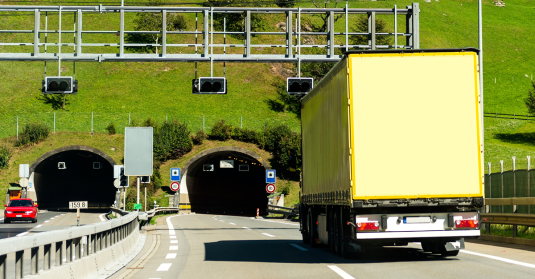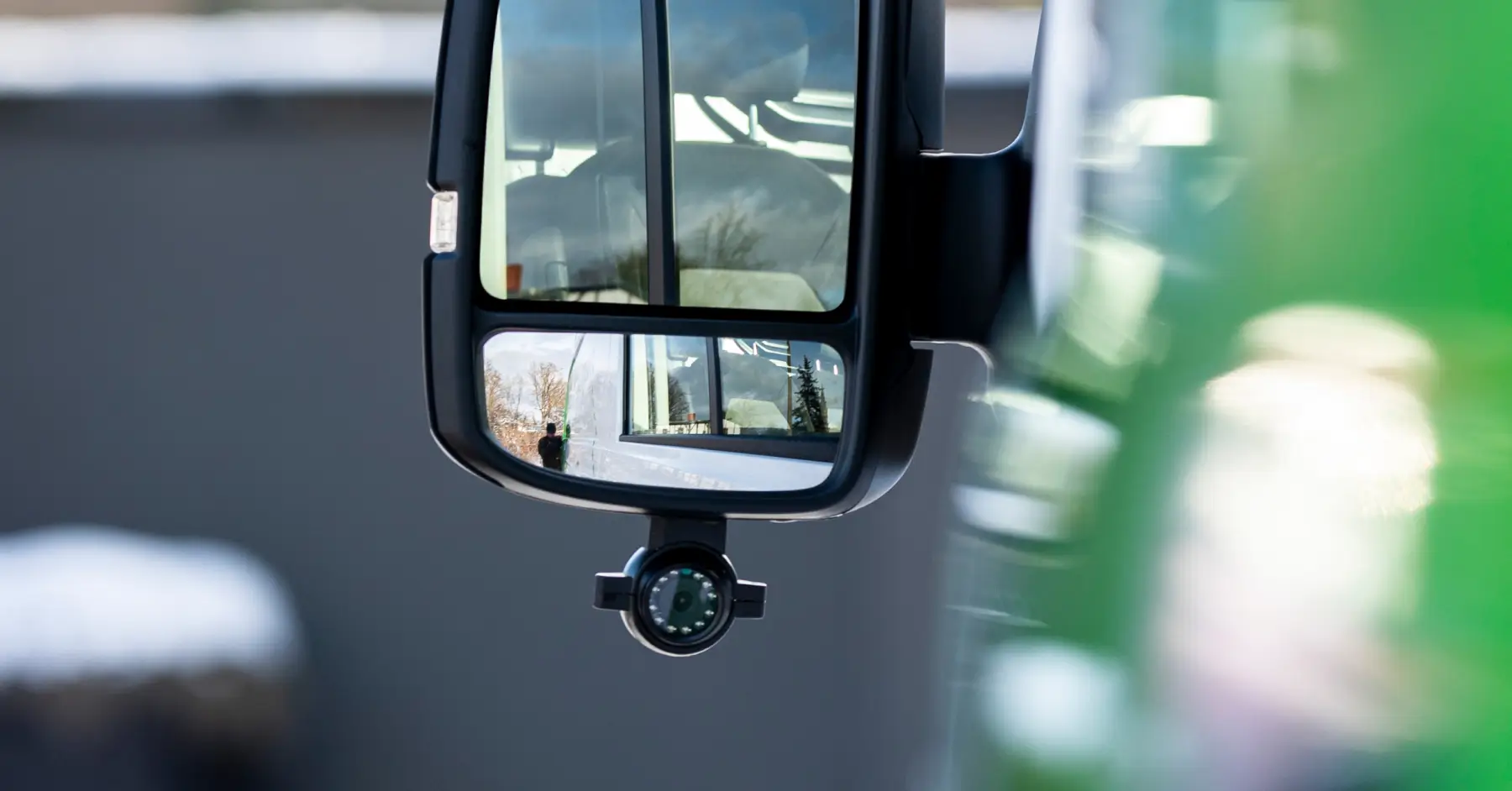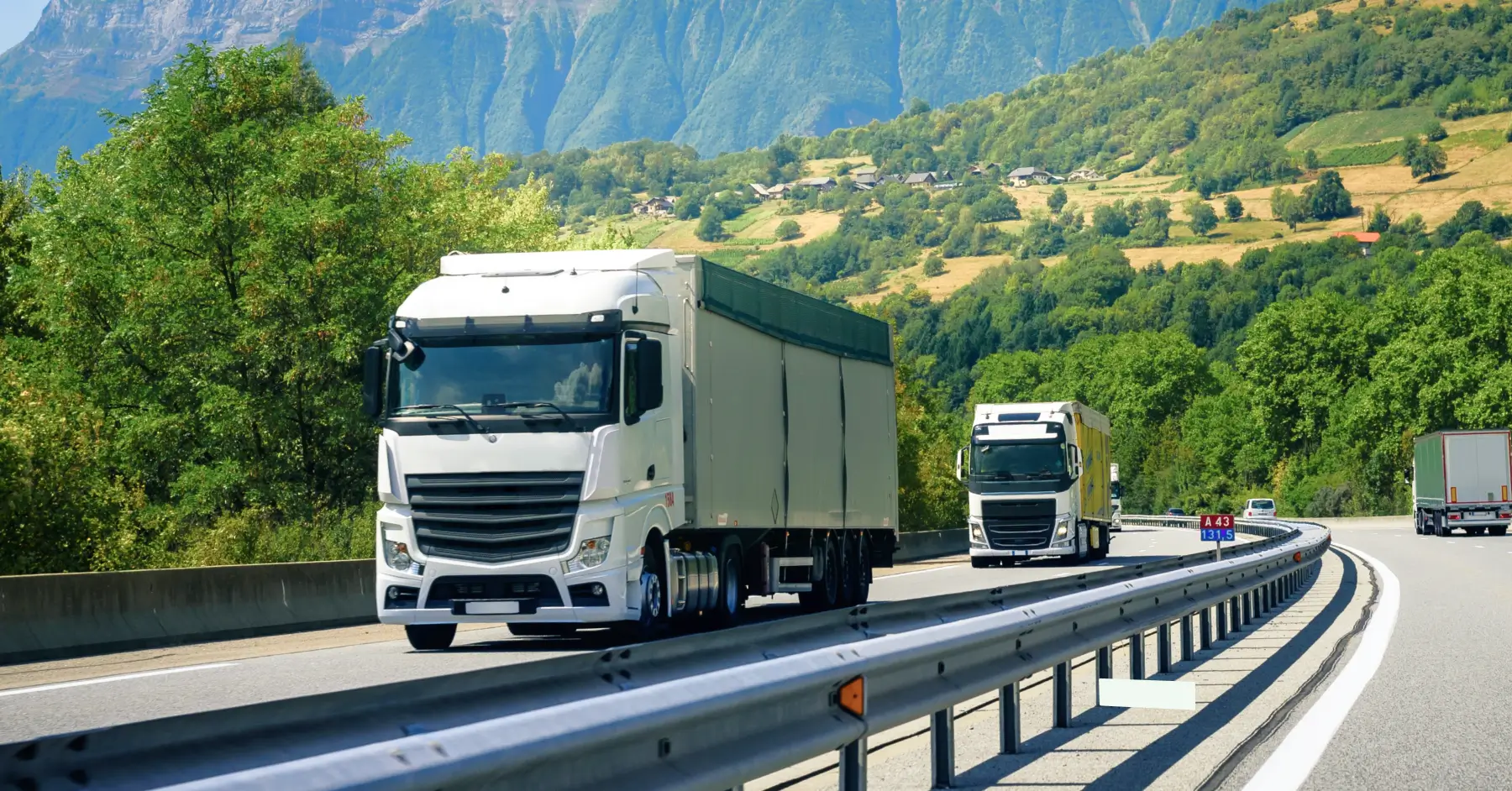August 2023 marks the first deadline for implementing second generation (or version 2) smart tachographs. As of now, all newly registered vehicles weighing over 3.5t must be equipped with a G2v2 smart tachograph.
In this article, we’ve gathered everything you need to know about the upcoming changes – why are they necessary, what new possibilities will they bring and what does that mean for your business!
Second generation smart tachographs – what’s new?
From analogue to digital, to smart tachographs. This inevitably begs the question – why? Simple. All the technological changes are necessary to support the legal safety requirements stated by the European Commission (most recently as part of the Mobility Package) and their enforcement by the respective authorities.
While it might seem like a burden at first, with each update, it has become easier for both drivers to account for their work and fleet managers to utilise different solutions in order to quickly and efficiently follow up and plan future work activities. The aim of the version 2 smart tachographs is no different.
The second generation tachographs (G2v2) come with several improvements compared to the initial (first generation) smart tachographs, and according to Regulation (EU) No 165/2014 — rules on tachographs used in road transport – will include several new features.
1. Records of border crossings
The Galileo satellite navigation system (GNSS) has been expanded to include border-crossing registration capabilities. The new tachographs will be capable of automatically recording the position and time of border-crossings and will require the driver to register load/unload operations along with the load type, i.e. passengers or goods.
The goal is to reduce anti-tampering risks by improving documentation of cabotage trips and driver deployment.
2. Mandatory Intelligent Transportation System interface with possible software updates
It will now be mandatory for the tachographs to be equipped with the ITS interface, which, among other things, offers increased communication possibilities with external transportation systems, i.e. fleet management systems, via Bluetooth. What’s more, the new tachographs will ensure that in case of any future regulatory changes, software updates will be enough to ensure compliance, instead of switching the hardware.
3. Dedicated Short Range Communication transmits driving times
Similarly to the version 1 smart tachograph, the data will be recorded in its memory and a portion of it will be available for the control authorities to read from afar. However, due to the optimised short range reading capabilities, the version 2 smart tachographs will ensure that authorities have access to more data than before, such as current driving times.
Access to additional information without having to stop a vehicle aims to improve screening.
This means that companies and drivers, who diligently follow the driving and rest time rules are less likely to get stopped for a full roadside check.
4. Increased memory
The memory capacity of driver cards will be increased from 28 to 56 days with the help of G2v2 tachograph cards. This will ensure greater visibility for fleet managers, as they’ll be able to oversee larger periods of driver hours and rest periods to ensure breaks are taken. Additionally, this will help law enforcement make sure that the rules are being followed.
However, to ensure this, a switch in driver cards will be necessary. As of now, this is not mandatory, but rather an option for companies looking to expand their view. The switch is set to happen organically with future card renewal due to the expiration of current cards. All existing tachograph cards will be compatible with the second generation tachographs and vice versa.
Card memory extension is the result of an increase in the number of days on the road subject to control.
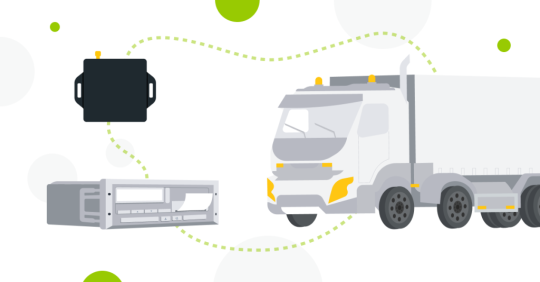
Logistics & Long haulage

Logistics & Long haulage
When am I required to switch to the second generation smart tachographs?
While August 2023 is the loudest deadline, it’s also only the initial one, meaning that it only applies to new vehicles registered in the market that are over 3.5t and set for international transport. All vehicles registered prior to this date and operating on older tachograph models have different deadlines.
The most important dates for the implementation of the version 2 smart tachograph:
| August 21, 2023 | Second generation smart tachographs must be installed in all new registered vehicles operating internationally with a permissible weight of 3.5 tonnes or more. |
|---|---|
|
December 31, 2024
|
Second generation smart tachographs must be installed in all vehicles operating internationally with a permissible weight of 3.5 tonnes or more that are currently operating with analogue or digital tachographs. |
|
August 21, 2025
|
All vehicles operating internationally that are equipped with a smart tachograph version 1 will need to replace and install the second generation tachograph. |
|
July 1, 2026
|
All new vehicles over 2.5 tonnes used in international road transport or cabotage operations have to be equipped with a smart tachograph version 2. |
Compatibility with telemetry devices
The good news is that the second generation smart tachographs are technologically compatible with telemetry devices. The not-so-good news is that these devices will need updates for this to happen, meaning that not all telemetry devices out there will ensure this transition.
The Mapon team has been on top of these changes and can assure that our remote tachograph download solution will work effectively with the following device models:
- Mapon Expert devices will require a firmware update, but otherwise will work seamlessly with the new technology;
- We’ve tested the Ruptela devices currently integrated with the Mapon platform and can confirm that they are also compatible with the version 2 smart tachograph;
- Teltonika will ensure device compatibility with select telematics device models, i.e. FMC650 / FMM650 / FMB641 and any potential future devices;
- Queclink devices are currently being tested by our team. For more information make sure to ask your client project manager!
If you have any questions about the switch to second generation smart tachographs or are looking to switch your fleet management software provider to be compatible with the new technology, don’t hesitate to contact us!
Interested in Mapon, but not sure where to start? All you need to know is in our easy-to-read intro guide!
FAQ
What is a smart tachograph?
What is the G2v2 smart tachograph card?
When do you have to transfer to the version 2 smart tachograph?
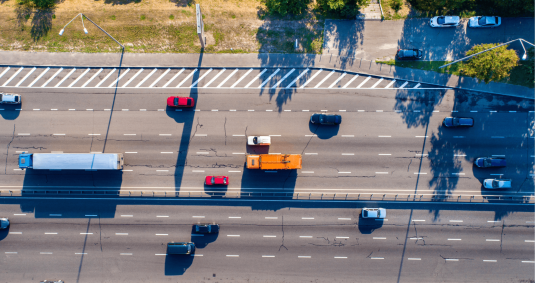




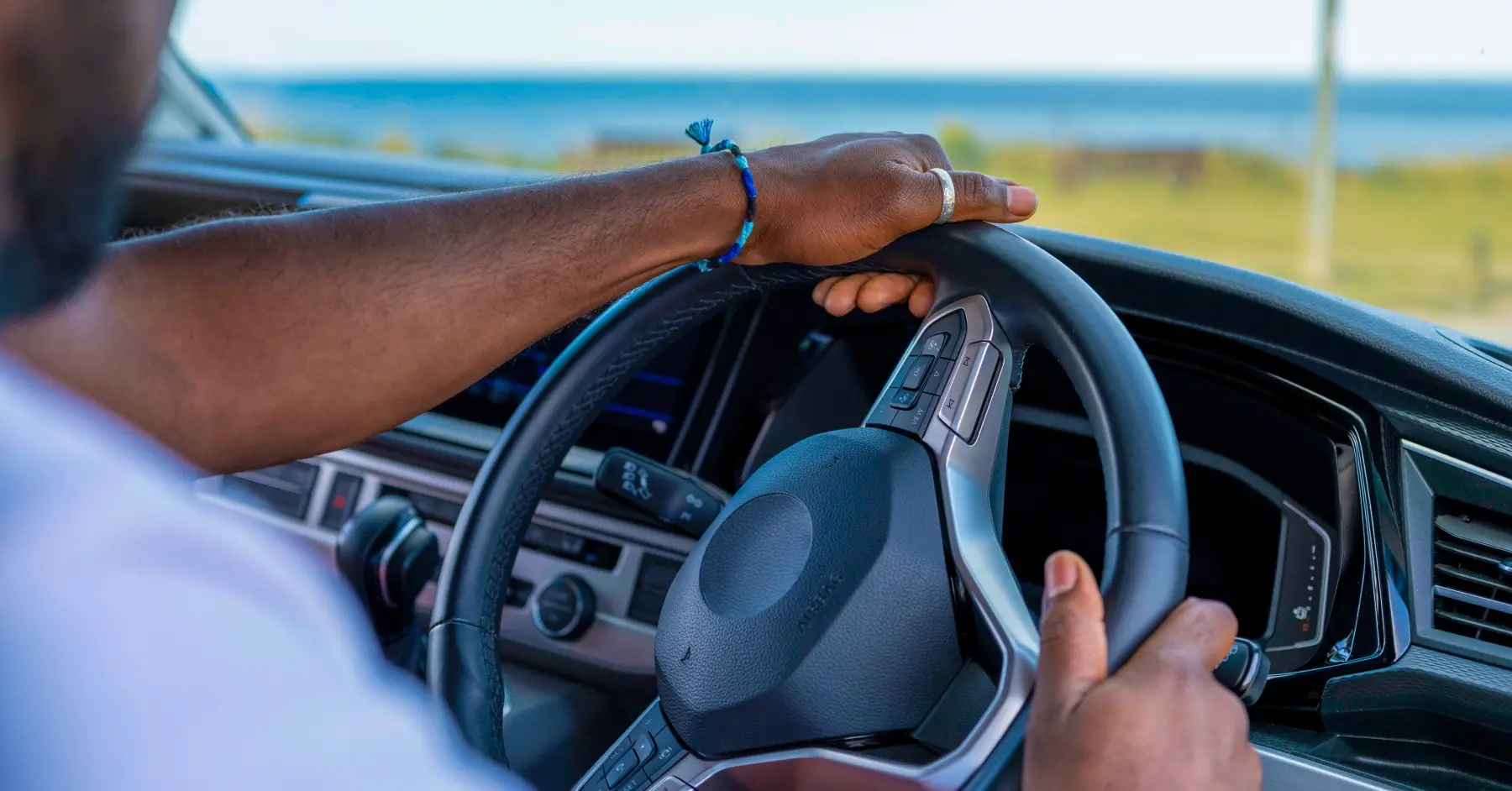

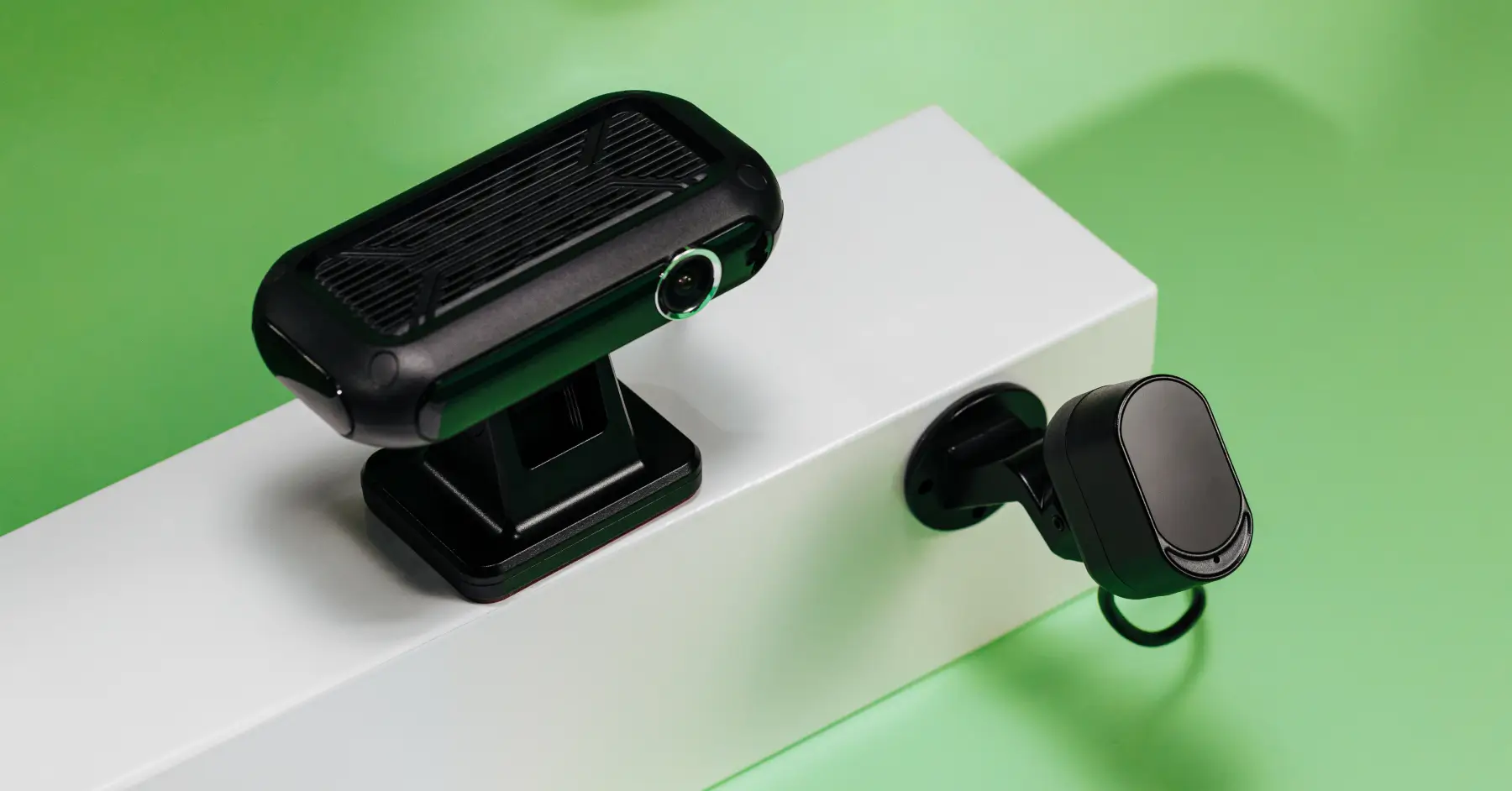

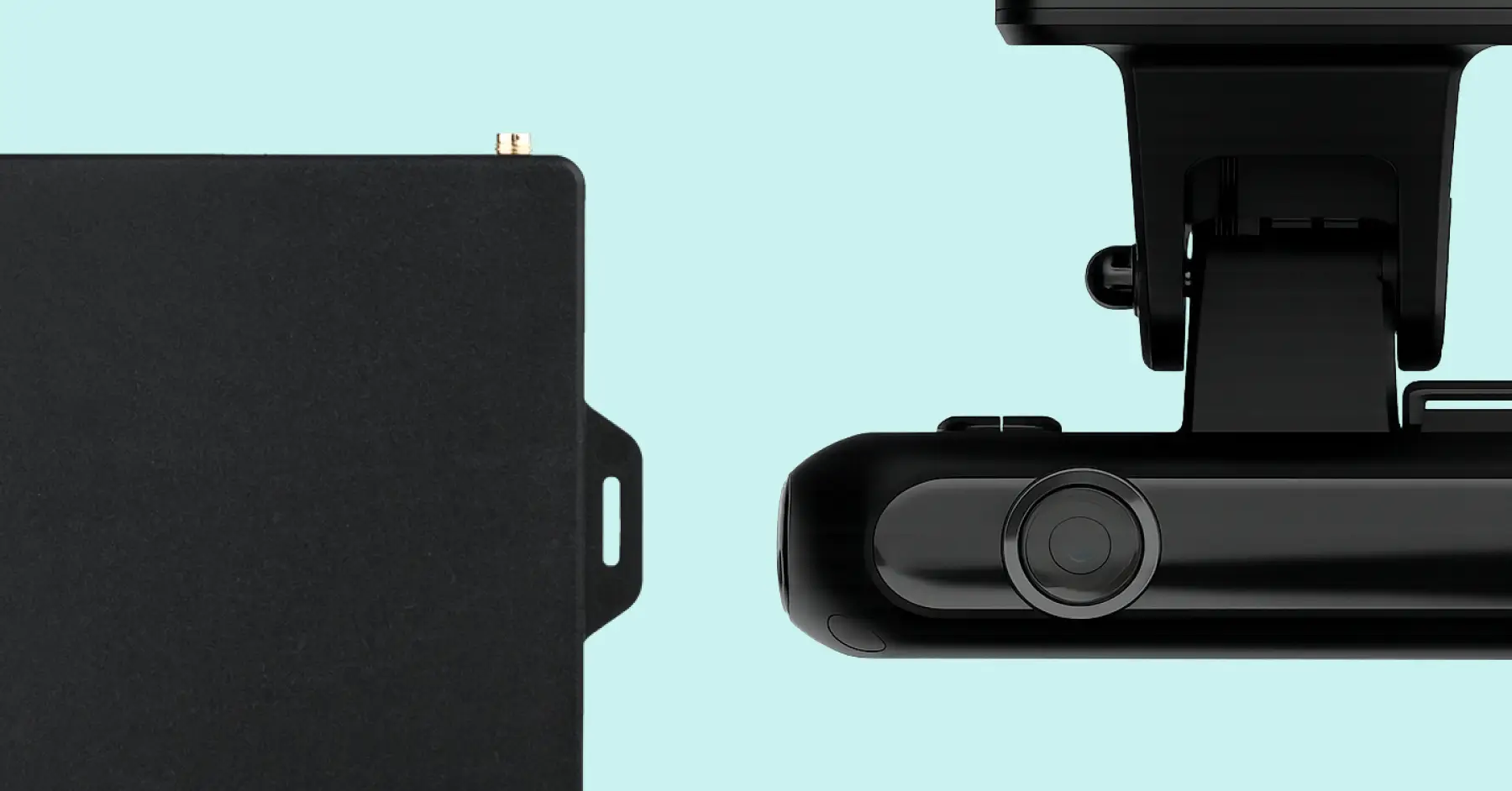
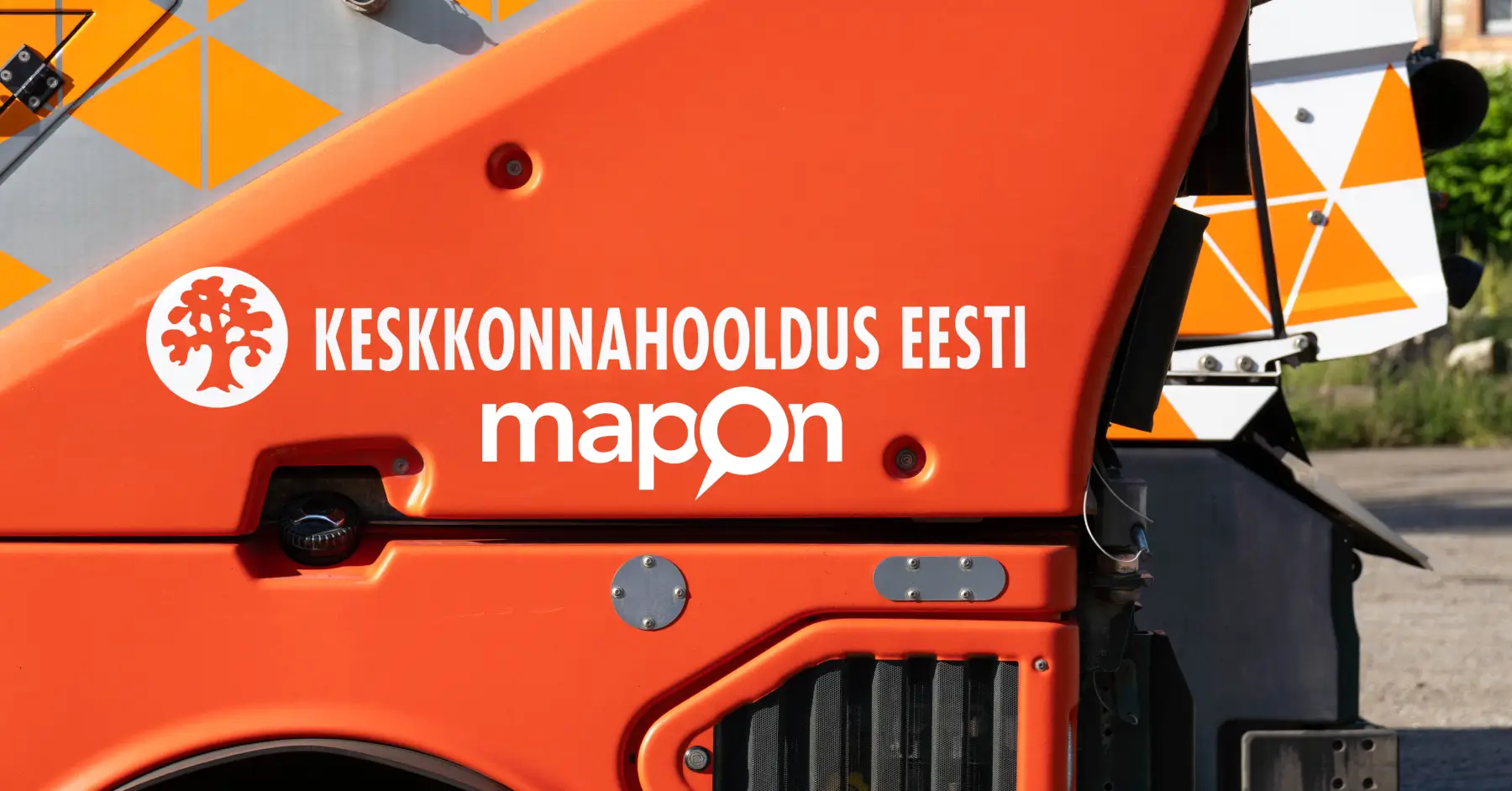
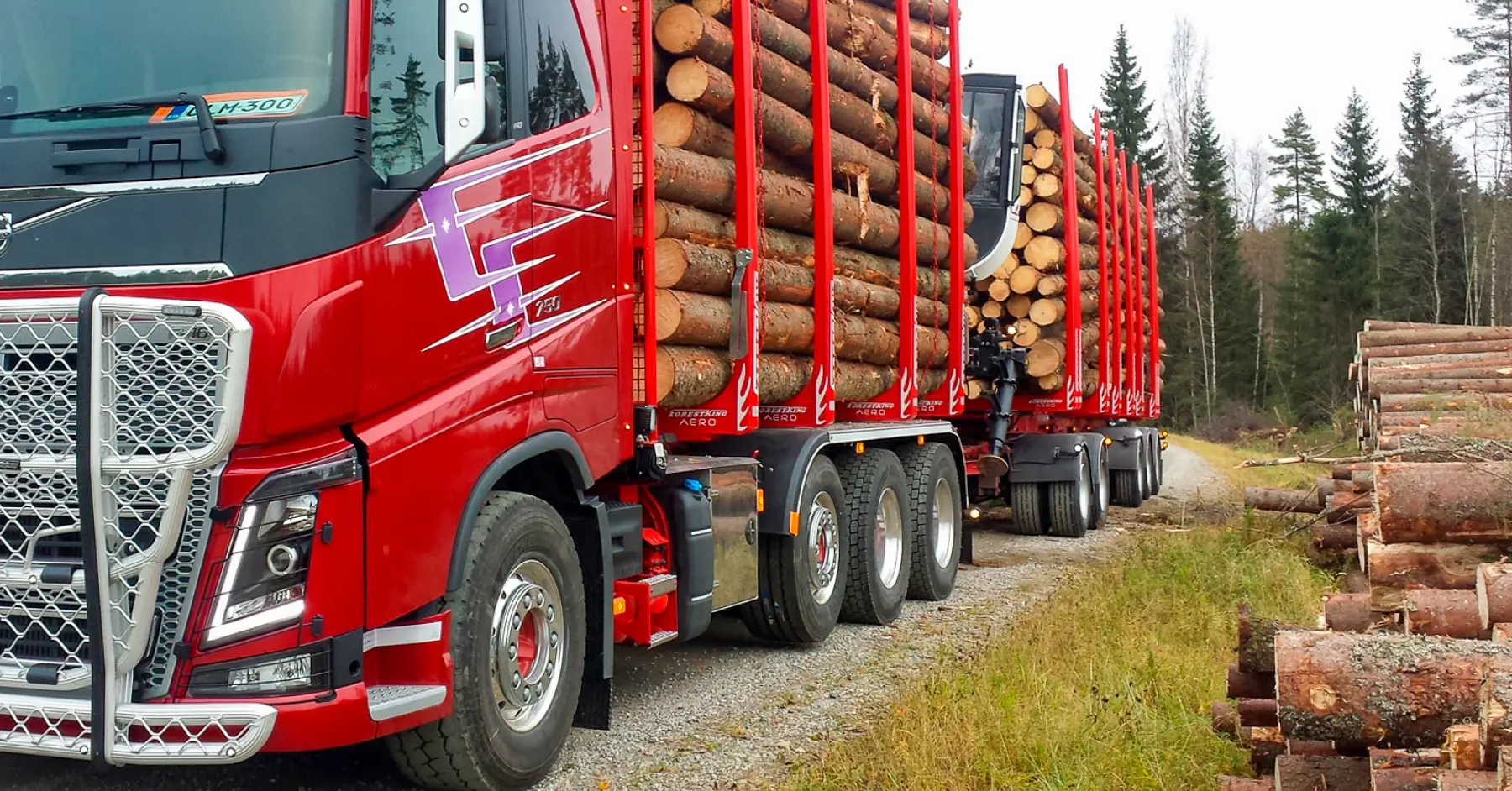
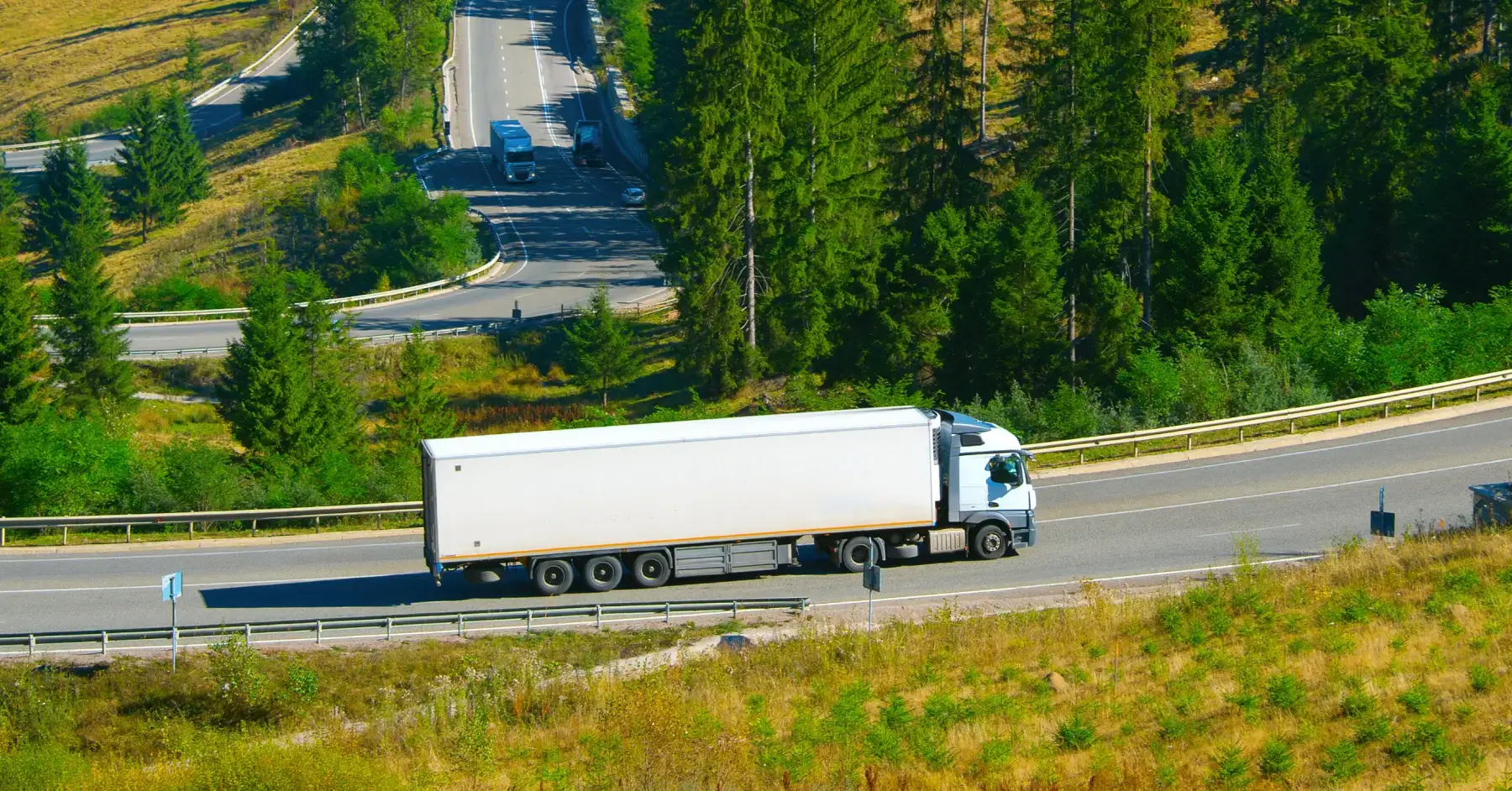


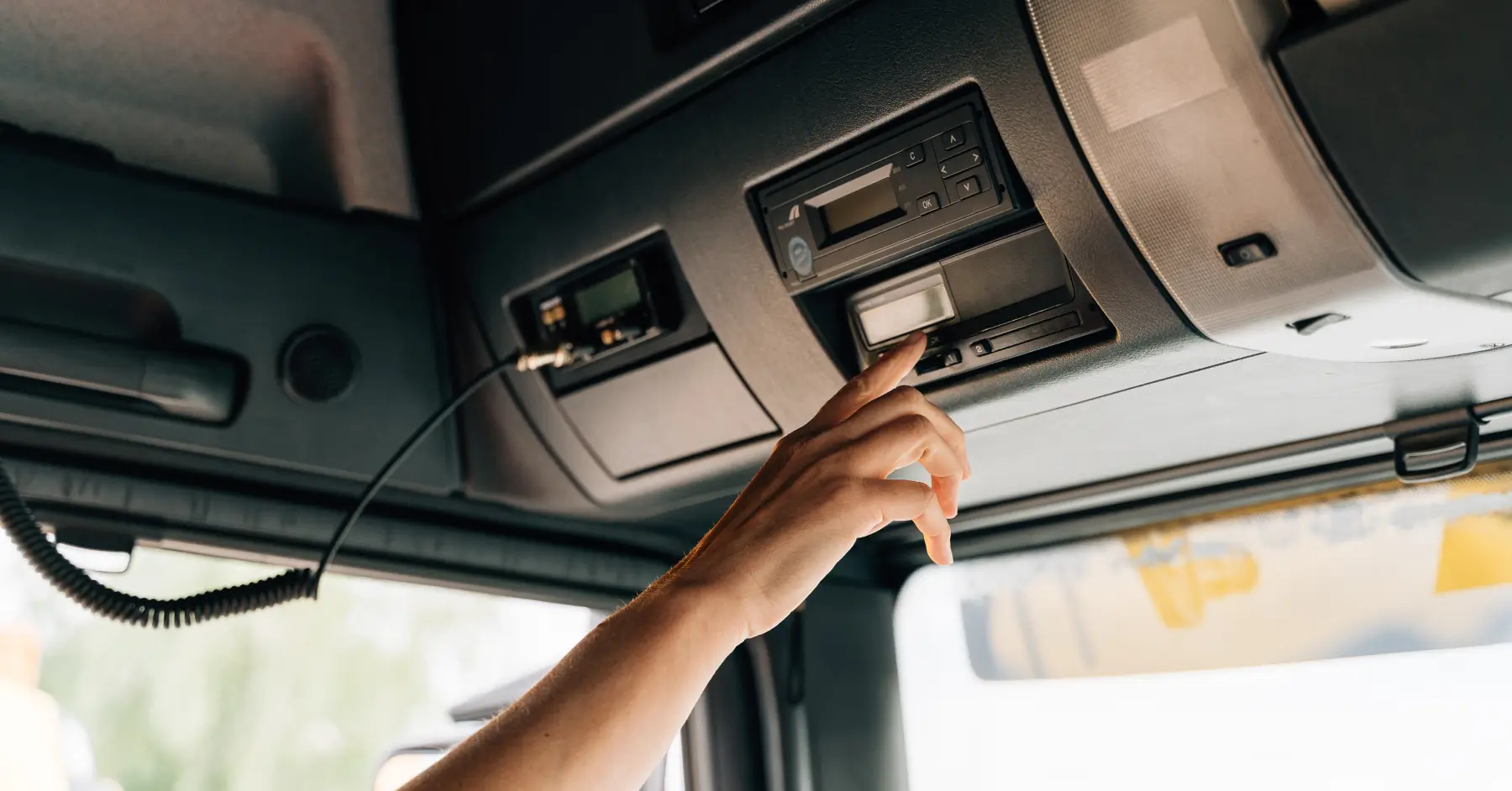
 Back to all posts
Back to all posts
